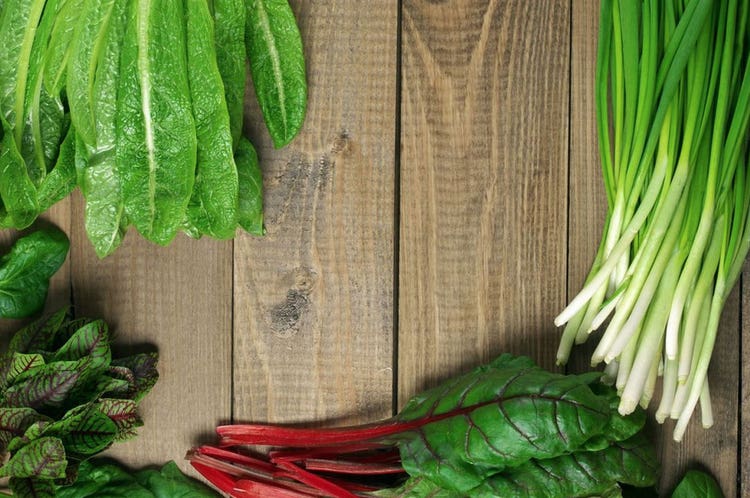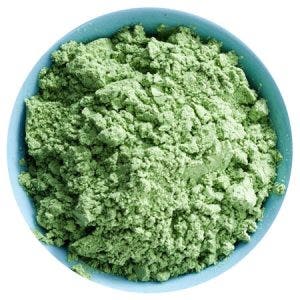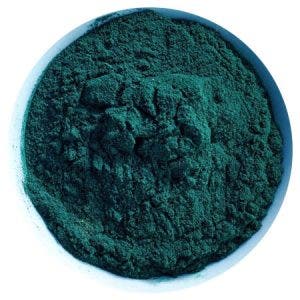Learn About the Super Greens

Good things — like protein — come in small packages.
It’s pretty amazing what nature can fit into a small package. Take the “super greens” — kale and other leafy vegetables packed with vitamins, minerals and fiber. I consider peas and algae among the “super greens,” too, as they are incredibly rich sources of protein that are good for us and for the planet.
Pea protein has been around, but you might not know about some of its advantages — and you might be surprised where it’s turning up. And algae is not just that green stuff growing in still water; it’s another source of plant-based protein that’s coming up.
Nutrition profiles

Pea protein has a consistent amino acid profile, which means it has the makeup of a complete protein much like animal or soy proteins — in contrast to another familiar source, rice protein, which needs to be eaten in combination with other plants that can provide missing amino acids. Besides providing an alternative for people with dairy or soy sensitivity or allergies, pea protein is easy to digest and assimilate.
Producers are finding novel ways to cultivate colorless algae with really interesting nutrition and flavor profiles. If you thought, like I did, that plants always need light to grow, algae is one exception. Algae can be grown without light, so it doesn’t produce the chlorophyll that makes it look and taste green, and it makes a reliably shelf-stable protein that can be flavored easily with other things. In fact, one producer is cultivating colorless algae with a high fat content, which makes for a great neutral-flavored cooking oil that has a high flash point, so it doesn’t burn at high temperatures.
Production

Whether you’re concerned about the environment a little or a lot, when you think about mass consumption, it makes the importance of “secure” production very clear. Soil, water, fertilization, pests and disease add to the cost and reliability of a food source. A crop that’s threatened by a year of drought is less secure than one that’s less water dependent.
Pea and algae proteins present interesting alternatives to other plant-based sources because their production demands less of their environment. Growing rice for protein, for example, requires significant water resources that can make its production cost- or resource-prohibitive. There’s also the potential in some countries for water sources — and therefore crops — to be contaminated by other local industry.
Pea protein can be raised from the heirloom (unmodified) seed, so there’s no grafting or modification to add financial or environmental costs. Algae, too, can be more resource-efficient to produce, especially when it’s grown without light and fed the byproduct of sugar production (another sugar).
Boosting nut milks, meatless burgers and more

Check the ingredient label on some of your vegan packaged foods, and you might see algae turn up as golden chlorella, or even just chlorella, on the list. Pea protein is being used in commercially available nut milks, as well as meatless burgers in the frozen food aisle. As I learn about innovation on the part of farmers and manufacturers, it’s exciting to see more protein options being brought to the table for a growing planet.